The planting method of laughing gentleman orchid
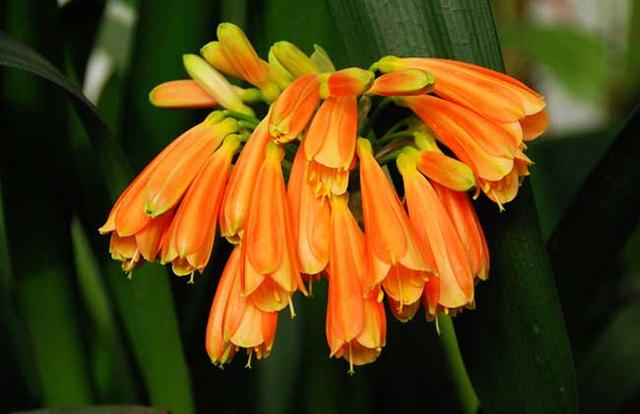
Cymbidium is a plant of the genus Amaryllidaceae, distributed in southern Africa and Chinese mainland Hubei Province and other places. It has been introduced and cultivated artificially. The leaves are long and narrow, the flower stems are slightly shorter and the leaves are in the leaves, and the orange flowers droop in a bucket when they bloom. It is a potted flower that decorates the venue during the Spring Festival to decorate the hotel and beautify the family environment. Let's take a look at the breeding methods of the orchid.
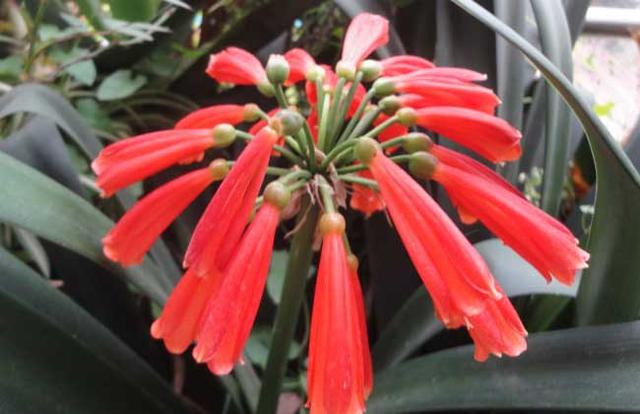
The growth habit of Cymbidium
Cymbidium is native to southern Africa and is introduced and cultivated for ornamental use in China. Like a warm and cool environment with plenty of sunshine in winter and a little shade in summer. Loose and fertile rotten leaf soil is required. The flowering time is short and the color is light when the room temperature is lower than 5 ℃ in winter and stops growing when it is higher than 30 ℃ in summer. It is required that the air humidity is 70% 80% and the soil water content is 20% 30%. If the soil water content is too large, it is easy to rot the root.
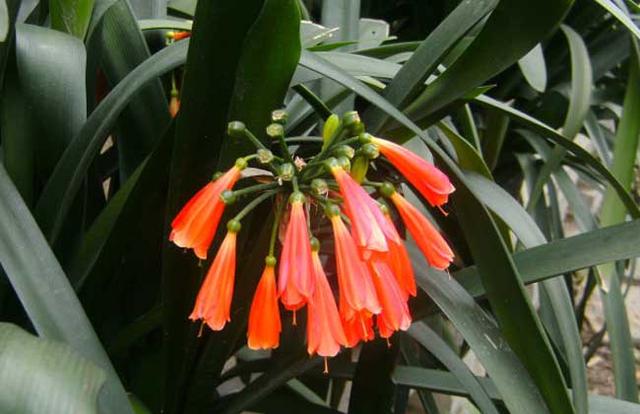
The Propagation method of Cymbidium
1. Ramet: after blooming in spring every year, the seed plant next to the mother plant will be removed and planted. If there is no fleshy root on the seed plant, it can be planted in the sand first and then be planted in the pot.
2. Sowing: the orchid is sown and propagated in the indoor pot in winter, and the room temperature is more than 20 ℃, otherwise the seeds are easy to rot and germinate 20-25 days after sowing, and the seedlings can only blossom after 4-5 years.
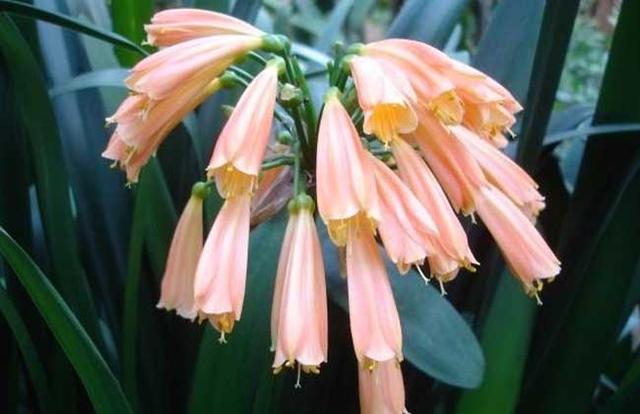
The culture method of laughing gentleman orchid
1. Soil: it is suitable to use rich soil containing humus, this kind of soil has good air permeability, good permeability, fertile soil quality and slightly acidic pH6.5. About 20% sand grains are infiltrated into the humus soil, which is beneficial to root maintenance. The pot used in cultivation increases gradually with the growth of the plant, and the 3-inch pot is suitable for the cultivation of one-year-old seedlings. Change 5-inch pots in the second year, and change into larger flowerpots in the next 1-2 years, which can be carried out in spring and autumn.
2. Fertilization: Xixiao magnolia likes fertilizer, but too much fertilizer will cause rotten roots. In addition to applying base fertilizer, topdressing should adopt the method of "thin fertilizer and more fertilizer". Base fertilizer is applied when changing pots, fermented solid fertilizer is applied every other month in spring and autumn, and liquid fertilizer is applied once a week, it is best not to topdressing, and the whole plant can grow slowly depending on the nutrients accumulated in spring and autumn.
3. Lighting: during the whole cultivation process, Cymbidium should not be exposed to direct sunlight as much as possible, and it can be about four hours a day in scattered sunlight. Too strong light will narrow the leaves. Avoid high temperature and hot sun in summer, should be placed in high air humidity and shady environment, pay attention to ventilation. Afraid of the cold, you should move indoors and put it in a place with plenty of light, and the room temperature is about 5 ℃ to survive the winter safely.
4. Temperature: the suitable temperature of Cymbidium is 15: 20 ℃. When the plant growth is higher than 25 ℃, the plant growth is poor, and the excessive growth of leaves often occurs, which affects the flower bud differentiation, so we should pay attention to ventilation and cooling. The growth was slow when it was lower than 10 ℃. When it is below 0 ℃, the plant will freeze to death. Attention should be paid to cooling in summer, which can promote flower bud differentiation. The temperature difference between day and night is large, which is beneficial to the growth of Cymbidium, and the suitable temperature is 6-10 ℃.
5. Watering: the potted plant of Magnolia should not be watered too much, just wet. During the rainy season from May to June, Rain Water should be prevented from rushing and showering, so as to prevent the roots and leaves from getting sick and rotting. Pay attention to spraying water to cool down during the summer high temperature period. Proper topdressing in autumn promotes leaf growth. Heating up and keeping the soil moist in winter is conducive to flowering.
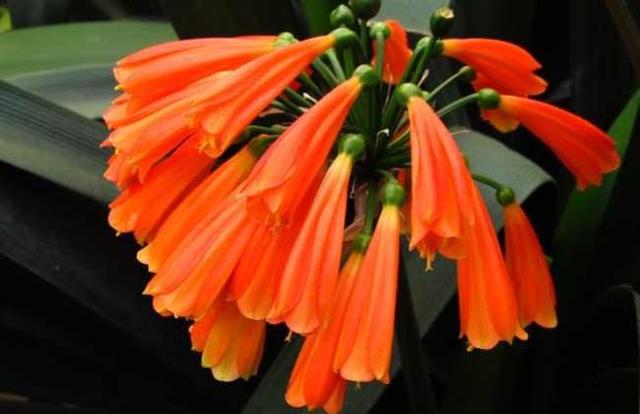
Disease and pest control of Cymbidium
1. Blight spot: the leaf blight of Cymbidium is mainly harmful to the leaves, the primary reddish brown, the oval stripe spot is obvious, and the surrounding tissue turns yellow. It was found that the diseased leaves were cut off in time, and potash fertilizer was applied appropriately to avoid excessive water accumulation on the leaves. 1000 times of carbendazim wettable powder was sprayed at the initial stage of the disease.
2. Root rot: the tools and substrates of Cymbidium should be strictly disinfected in the process of cultivation, and the roots were irrigated with 400 μ g / L penicillin and streptomycin at the initial stage. In severe cases, remove all the rotten parts, soak the rest in potassium permanganate solution for 1 hour, then rinse with clean water and replant.
3. Scale insects: the harm of scale insects of Cymbidium can be prevented manually, with bamboo sticks, small wooden sticks, small soft brushes, etc., gently brush off the insects and soot, and then rinse with clean water. In the nymph stage, spray the emulsion 40 times 100 times, spray it.
- Prev
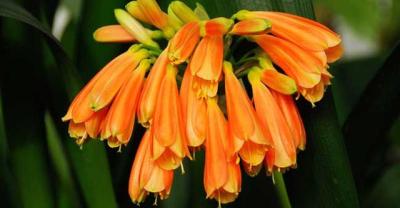
Introduction and planting method of Cymbidium
The tequila is a perennial lily-like plant with tuberous roots, bearings that spread to curved soft leaves from the center and a slender one.
- Next
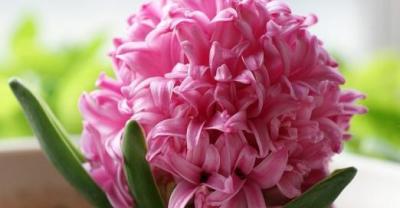
A complete Collection of Omni-directional planting techniques of Longan
The work of protecting fruit, strengthening fruit and preventing crack starts from flowering. Longan fruit protection, strong fruit, crack prevention work is an important link to achieve high and stable yield, the main measures are as follows.
Related
- Fuxing push coffee new agricultural production and marketing class: lack of small-scale processing plants
- Jujube rice field leisure farm deep ploughing Yilan for five years to create a space for organic food and play
- Nongyu Farm-A trial of organic papaya for brave women with advanced technology
- Four points for attention in the prevention and control of diseases and insect pests of edible fungi
- How to add nutrient solution to Edible Fungi
- Is there any good way to control edible fungus mites?
- Open Inoculation Technology of Edible Fungi
- Is there any clever way to use fertilizer for edible fungus in winter?
- What agents are used to kill the pathogens of edible fungi in the mushroom shed?
- Rapid drying of Edible Fungi

